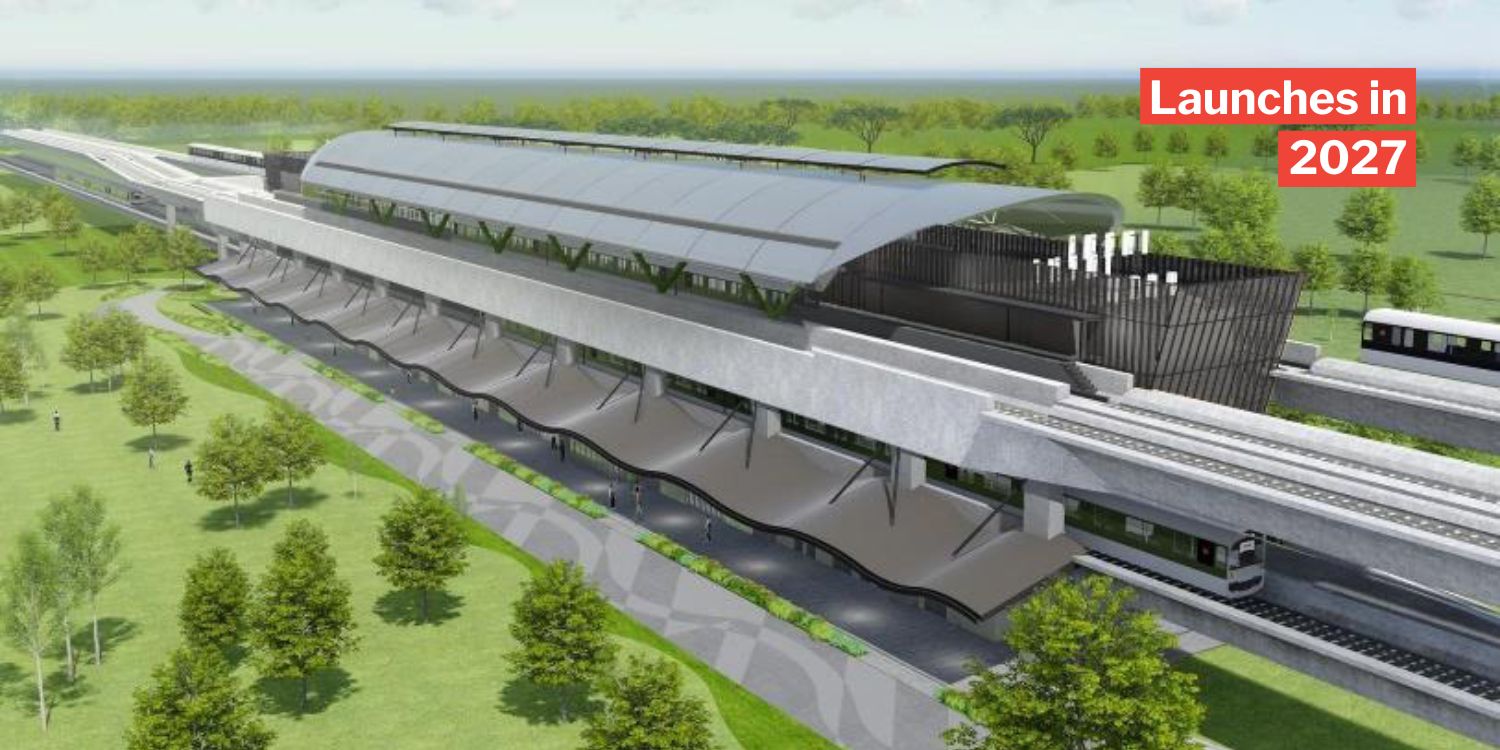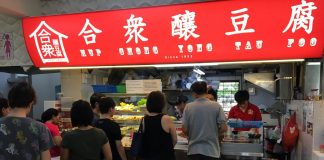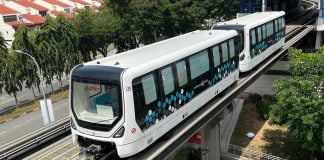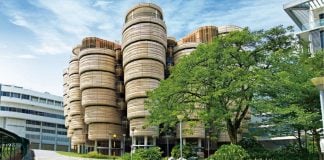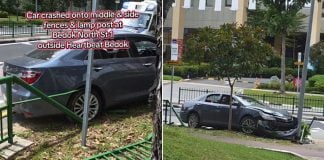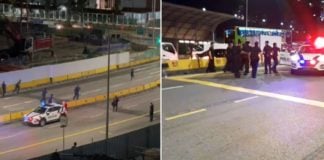Construction Begins On Jurong Region Line On 13 Jan
The Land Transport Authority (LTA) has officially begun construction on Singapore’s seventh MRT line, the Jurong Region Line (JRL).
The JRL will feature 24 stations, all above ground, including three interchanges in Boon Lay, Choa Chu Kang, and Jurong East.
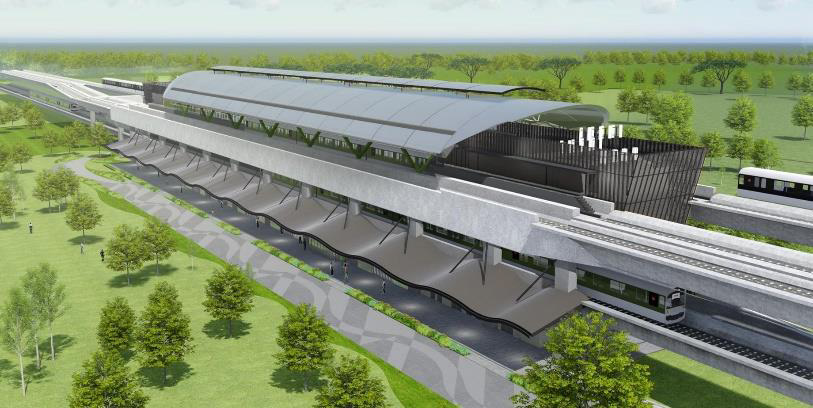
Source: Land Transport Authority
The line will open in three stages from 2027 to 2029.
With it, commuters can enjoy shorter travel times to popular locations in the west such as Nanyang Technological University (NTU) and Jurong Island Checkpoint.
Jurong Region Line to connect resident areas to key locations in the west
According to a press release by LTA, the JRL will significantly improve connectivity in the western part of Singapore and support developments in the Jurong area.

Source: Land Transport Authority
It is expected to put over 60,000 more households within a 10-minute walk from a train station.
The JRL will connect residential areas like Gek Poh and Pandan Gardens to key activity nodes in Jurong that do not have direct links to the MRT network.
This includes places such as the Jurong Industrial Estate, Jurong Innovation District, and NTU.
It will also support the development of the Jurong Lake District, which is set to be the largest commercial hub outside the Central Business District.
Choa Chu Kang to NTU will now take only 35 minutes
Commuters can look forward to substantial time savings when travelling to the western part of Singapore with the JRL.
For example, a trip from Choa Chu Kang MRT station to NTU’s Lee Wee Nam Library will take just 35 minutes — almost half the current travel time of one hour.
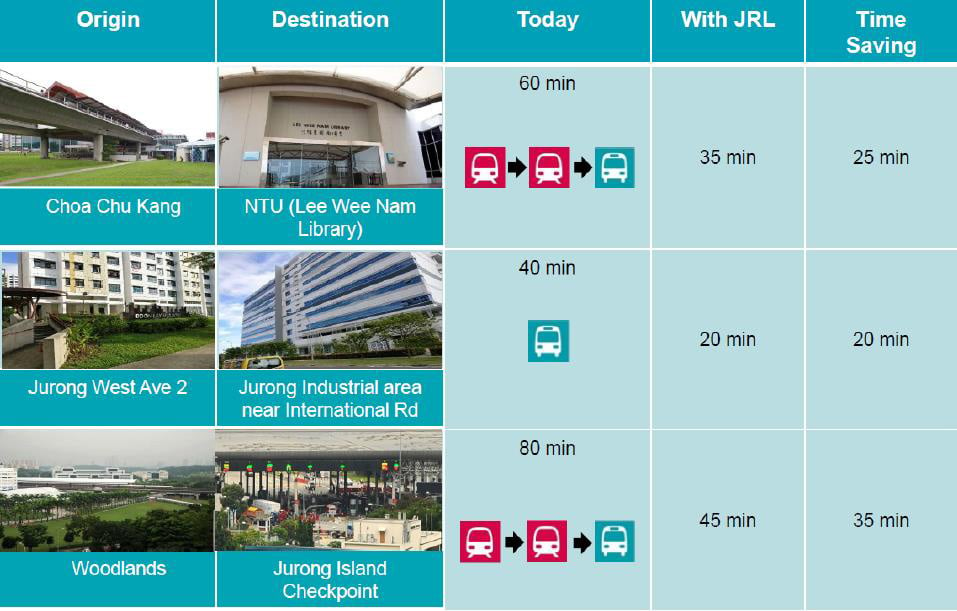
Source: Land Transport Authority
Commuting from Woodlands MRT to Jurong Island Checkpoint will take 45 minutes instead of around 80 minutes today.
The JRL’s ridership is expected to reach 200,000 daily at first.
This number will go up to more than 500,000 a day once the Jurong Innovation District, Tengah Town, and Jurong Lake District are fully developed.
Permanent noise barriers installed near residential areas
Constructing the JRL through a densely developed corridor presents several challenges.
This is because works are being carried out along an alignment with curves and limited space over busy roads, major expressways, and canals.
At the groundbreaking and viaduct-launching ceremony on Friday (13 Jan), Transport Minister S Iswaran said that in some segments, the new train viaducts will come as close as 10 to 15m from housing blocks.
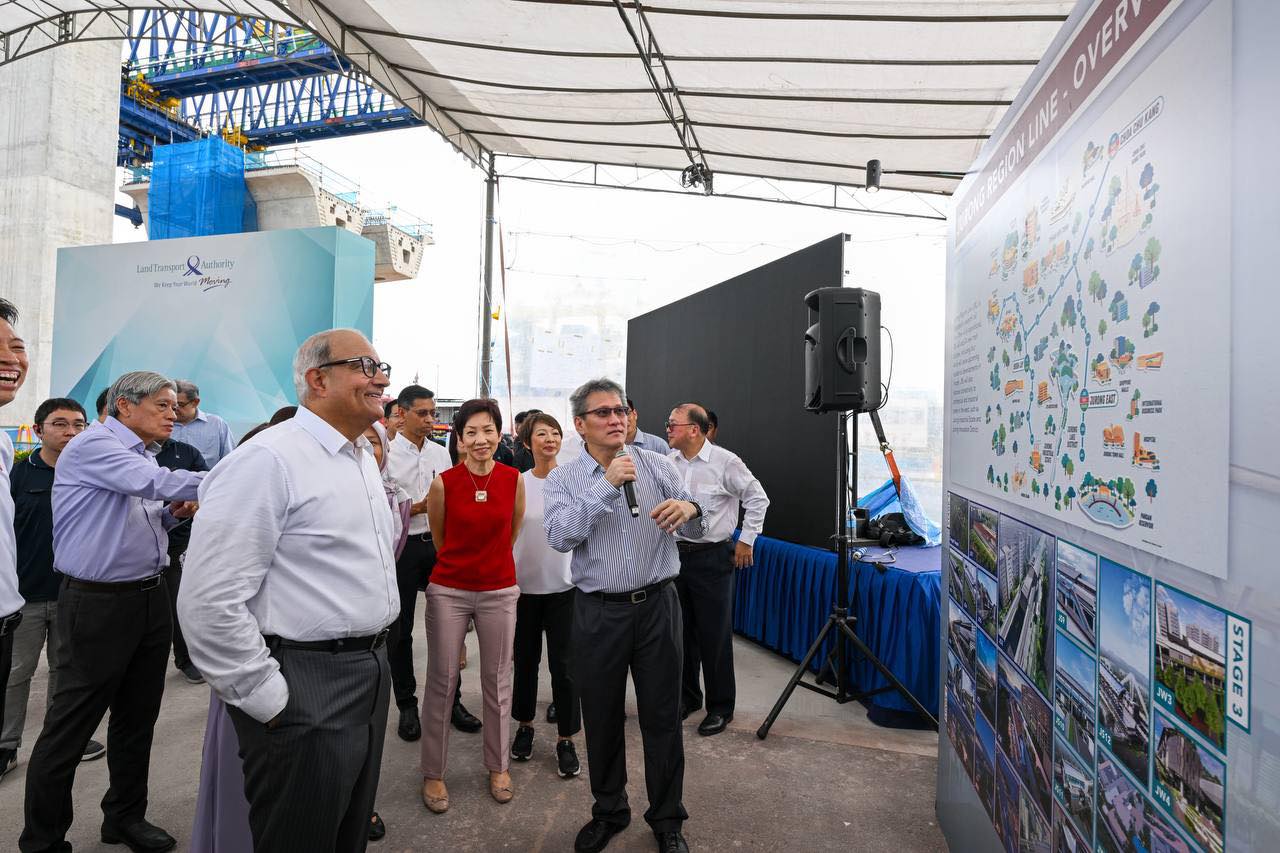
Source: S Iswaran on Facebook
Channel NewsAsia (CNA) reports that certain existing station structures along Boon Lay, Choa Chu Kang, and Jurong East interchanges will also be demolished and strengthened.
Slightly narrower and shorter carriages will enable the train to navigate through these curves at built-up areas along the JRL track.
For comparison, the new JRL train carriages will be 5m shorter and 0.45m narrower than Circle Line train carriages.
Noise disturbance is also a key consideration. As such, authorities will be installing permanent noise barriers along viaducts near residential areas.
LTA engineers have undertaken extensive planning and implemented a number of measures to minimise disruptions to traffic and the environment.
All JRL stations designed with green energy in mind
LTA stated that it is committed to reducing the environmental impact of its projects and promoting sustainability.
For example, all JRL stations have photovoltaic (PV) solar panels, which will generate renewable energy for station operations.

Source: Land Transport Authority
This will help reduce the carbon footprint of JRL operations by providing a constant power source with little to no greenhouse gas emissions.
Additionally, JRL stations will feature cross-flow natural ventilation to reduce mechanical energy usage from fans and air-conditioning.
Have news you must share? Get in touch with us via email at news@mustsharenews.com.
Featured image adapted from Land Transport Authority.
